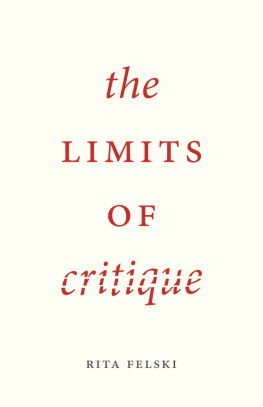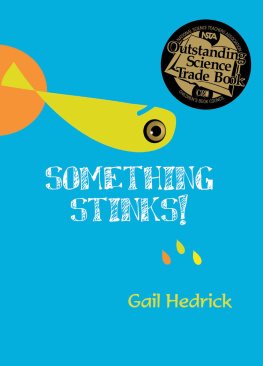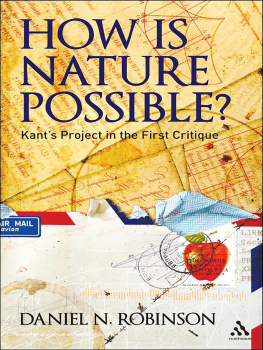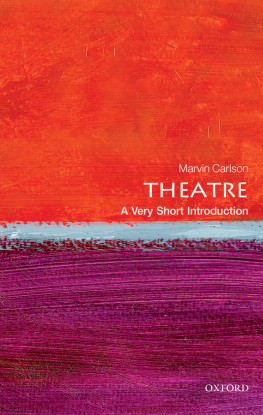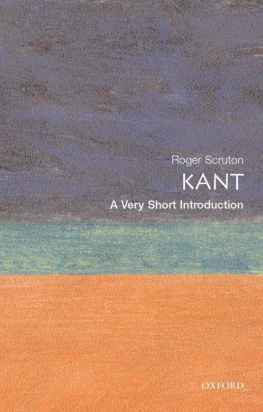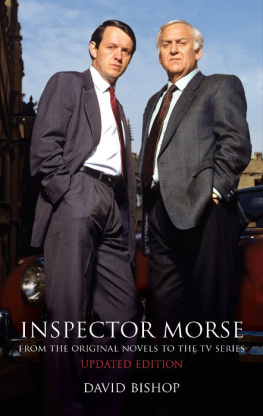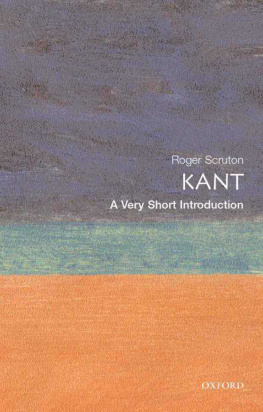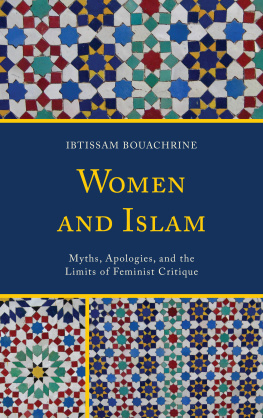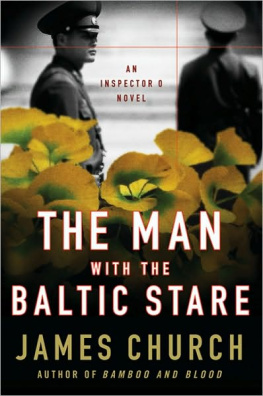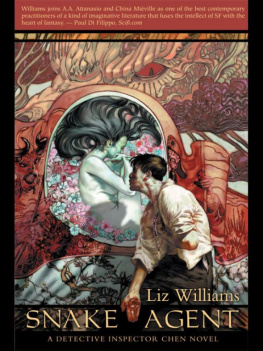Felski - The Limits of Critique
Here you can read online Felski - The Limits of Critique full text of the book (entire story) in english for free. Download pdf and epub, get meaning, cover and reviews about this ebook. City: Chicago, year: 2017;2015, publisher: University of Chicago Press, genre: Art. Description of the work, (preface) as well as reviews are available. Best literature library LitArk.com created for fans of good reading and offers a wide selection of genres:
Romance novel
Science fiction
Adventure
Detective
Science
History
Home and family
Prose
Art
Politics
Computer
Non-fiction
Religion
Business
Children
Humor
Choose a favorite category and find really read worthwhile books. Enjoy immersion in the world of imagination, feel the emotions of the characters or learn something new for yourself, make an fascinating discovery.
The Limits of Critique: summary, description and annotation
We offer to read an annotation, description, summary or preface (depends on what the author of the book "The Limits of Critique" wrote himself). If you haven't found the necessary information about the book — write in the comments, we will try to find it.
The Limits of Critique — read online for free the complete book (whole text) full work
Below is the text of the book, divided by pages. System saving the place of the last page read, allows you to conveniently read the book "The Limits of Critique" online for free, without having to search again every time where you left off. Put a bookmark, and you can go to the page where you finished reading at any time.
Font size:
Interval:
Bookmark:

Rita Felski
The University of Chicago Press
Chicago and London
R ITA F ELSKI is the William R. Kenan Jr. Professor of English at the University of Virginia and the editor of New Literary History. She is the author of several books, including, most recently, Uses of Literature and Literature after Feminism, the latter also published by the University of Chicago Press.
The University of Chicago Press, Chicago 60637
The University of Chicago Press, Ltd., London
2015 by The University of Chicago
All rights reserved. Published 2015.
Printed in the United States of America
24 23 22 21 20 19 18 17 16 15 1 2 3 4 5
ISBN-13: 978-0-226-29398-1 (cloth)
ISBN-13: 978-0-226-29403-2 (paper)
ISBN-13: 978-0-226-29417-9 (e-book)
DOI: 10.7208/chicago/9780226294179.001.0001
Library of Congress Cataloging-in-Publication Data
Felski, Rita, 1956 author.
The limits of critique / Rita Felski.
pages ; cm
Includes bibliographical references and index.
ISBN 978-0-226-29398-1 (cloth : alk. paper)
ISBN 978-0-226-29403-2 (pbk. : alk. paper)
ISBN 978-0-226-29417-9 (ebook)
1. Criticism. 2. CriticismMethodology. 3. Hermeneutics. 4. Suspicion. I. Title.
PN81. F 2015
801.95dc23
2015010763
This paper meets the requirements of ANSI / NISO Z39.48-1992 (Permanence of Paper).
Writing this book would have been much harder if friends and colleagues had not taken time out of their busy lives to offer comments, suggestions, and encouragementin some cases, writing eloquent mini-essays that deserve publication in their own right. Thanks to Jeffrey Alexander, Elizabeth Anker, Timothy Aubry, Marshall Brown, Russ Castronovo, Claire Colebrook, Jim English, Winfried Fluck, David Glimp, Frank Kelleter, Bruno Latour, Victor Li, Heather Love, Ronan McDonald, John Michael, Tom ORegan, Oana Panaite, Brad Pasanek, Andrew Piper, Robert Pippin, Ronald Schleifer, James Simpson, Simon Stern, Bill Warner, Chad Wellmon, and Jeffrey Williams. I owe a special debt to Toril Moi for her remarkable intellectual and personal generosity and her critical acumen, and to Allan Megill for detailed comments, exceptional patience, and much else besides.
I am grateful to everyone who invited me to test the ideas of this book in lecture form, especially to Amanda Anderson and Donald Pease. An early invitation to speak to the Department of Sociology at the University of Virginia was especially helpful in steering me away from several cliffs.
Other friends who have provided much-needed encouragement, advice, and good conversation include Cassandra Fraser, Susan Stanford Friedman, Michael Levenson, Ekaterina Makarova, John Portmann, and Sophie Rosenfeld, as well as my friends and fellow editors at New Literary History, Susan Fraiman, Kevin Hart, Krishan Kumar, Jahan Ramazani, Chip Tucker, and Mollie Washburne. Amy Elkins was a very able research assistant during the early stages of this project. My daughter, Maria, kept me sane.
I am deeply grateful to the Guggenheim Foundation for research support and also for research leave made possible by the William R. Kenan Jr. Charitable Trust and the University of Virginia. My thanks are also due to Alan Thomas for his very astute advice and his steady support of this project and to India Cooper for her careful and sensitive copy editing.
A few sections of the argument were first published, often in rather different form, as follows: Critique and Hermeneutics of Suspicion, from media/culture 15, no. 1 (2012), contains material scattered across the introduction and chapters first appeared under the same title in New Literary History 42, no. 4 (2011). I am grateful to the editors of these journals for allowing me to test out some of the ideas in this book in their pages.
This book is about the role of suspicion in literary criticism: its pervasive presence as mood and method. It is an attempt to figure out what exactly we are doing when we engage in critique and what else we might do instead. And here I take my bearings from a phrase coined by the French philosopher Paul Ricoeur to capture the spirit of modern thought. What unites the writings of Freud, Marx, and Nietzsche, writes Ricoeur, is their conviction that radicalism is not just a matter of action or argument but also one of interpretation. The task of the social critic is now to expose hidden truths and draw out unflattering and counterintuitive meanings that others fail to see. The modern era ushers in a new mode of militant reading: what Ricoeur calls a hermeneutics of suspicion.
In the following pages, I pore doggedly over Ricoeurs phrase to clarify its resonance and relevance for the recent history of criticism. While coined to describe an earlier period of intellectual history, it seems all too prescient in capturing the mood of our own. Is it not evident to even the most guileless of graduate students that texts do not willingly yield up their meanings, that apparent content shrouds more elusive or ominous truths? Seizing the upper hand, critics read against the grain and between the lines; their self-appointed task is to draw out what a text failsor willfully refusesto see. Of course, not everyone subscribes equally to such a style of reading, but Ricoeurs phrase captures a widespread sensibility and an immediately recognizable shape of thought. As a result, it allows us to discern commonalities between methods that are often contrasted or counterposed: ideology critique versus Foucauldian historicism, forceful condemnation versus more suave and tempered modes of troubling or calling into question. The sway of such a sensibility, moreover, reaches well beyond the confines of English departments. When anthropologists unmask the imperialist convictions of their predecessors, when art historians choreograph the stealthy tug of power and domination, when legal scholars assail the neutrality of the law in order to lay bare its hidden agendas, they all subscribe to a style of interpretation driven by a spirit of disenchantment.
What follows, then, is neither a philosophical meditation nor a historical explanation but a close-up scrutiny of a thought style that slices across differences of field and discipline. I duly emphasize rhetoric and form, affect and argument. And while my focus is on literary and cultural studieswith occasional forays into other areasmany arguments in this book have a broader purchase.
My aim is not just to describe but to redescribe this style of thinking: to offer a fresh slant on a familiar practice in the hope of getting a clearer sense of how and why critics read. While the hermeneutics of suspicion has been amply discussed in religious studies, philosophy, intellectual history, and related fields, Ricoeurs phrase never took hold among literary critics, who preferred to think of themselves as engaged in something called critique. (Now that scholars are casting a more jaundiced eye on their methods, it is gradually entering the critical conversation.) As we will see, the idea of critique contains varying hues and shades of meaning, but its key elements include the following: a spirit of skeptical questioning or outright condemnation, an emphasis on its precarious position vis--vis overbearing and oppressive social forces, the claim to be engaged in some kind of radical intellectual and/or political work, and the assumption that whatever is not critical must therefore be
Font size:
Interval:
Bookmark:
Similar books «The Limits of Critique»
Look at similar books to The Limits of Critique. We have selected literature similar in name and meaning in the hope of providing readers with more options to find new, interesting, not yet read works.
Discussion, reviews of the book The Limits of Critique and just readers' own opinions. Leave your comments, write what you think about the work, its meaning or the main characters. Specify what exactly you liked and what you didn't like, and why you think so.

